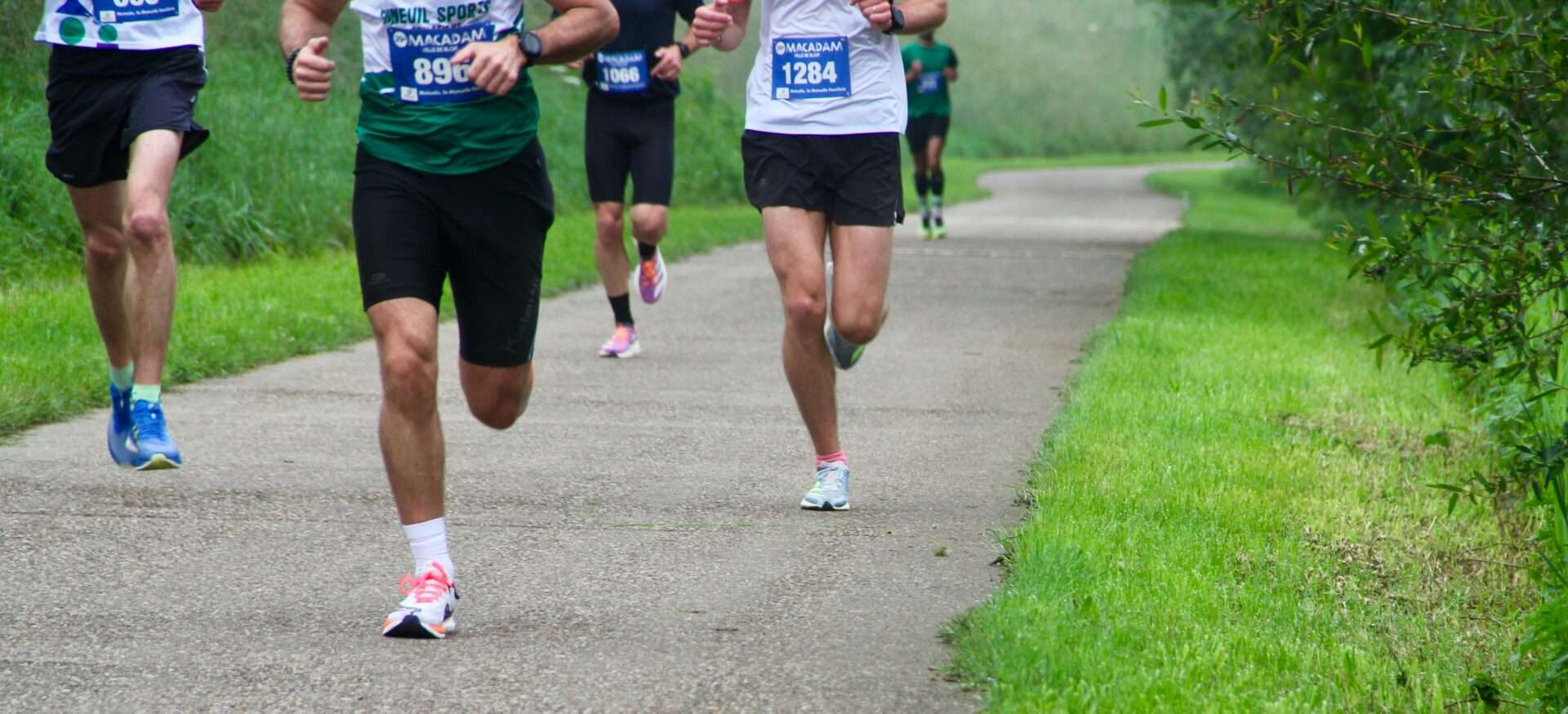Tips for Proper Running Form
Optimal running mechanics can improve performance by 5-10% while reducing injury risk. This guide breaks down proper form into key components with actionable techniques to implement in your training.
Essential Form Elements
- Midfoot strike with quick cadence (170-180 steps/min)
- Relaxed upper body with 90° arm angles
- Forward lean from ankles (not waist)
- Diaphragmatic breathing synchronized with stride
Foot Strike Mechanics
Optimal Foot Landing
Proper foot placement reduces impact forces by 20-30%:
| Strike Type | Impact Force | Efficiency |
|---|---|---|
| Heel strike | High (2-3x body weight) | Low |
| Midfoot strike | Moderate (1.5-2x body weight) | High |
Cadence Development
Steps to achieve ideal 180 spm cadence:
- Use a metronome app during runs
- Start with 10% increases weekly
- Focus on quicker, lighter steps
Upper Body Positioning
Arm Mechanics
- Maintain 90° elbow bend
- Swing arms forward-back (not across body)
- Relax hands (imagine holding delicate objects)
Core Engagement
A strong core improves stability by 15-20%:
- Activate transverse abdominis (draw belly button in)
- Maintain neutral pelvis position
- Practice planks and dead bugs for strength
Lower Body Alignment
Hip and Knee Positioning
| Body Part | Proper Alignment |
|---|---|
| Hips | Level, facing forward |
| Knees | Slight bend at impact |
| Ankles | Dorsiflexed at toe-off |
Power Generation
Maximize propulsion with:
- Strong glute activation
- Full toe extension at push-off
- Forward lean (5-10° from ankles)
Breathing Techniques
Optimal Breathing Patterns
Try these rhythmic patterns:
| Intensity | Breath Pattern |
|---|---|
| Easy pace | 3:3 (inhale:exhale steps) |
| Tempo pace | 2:2 pattern |
| Sprint pace | 1:1 pattern |
Diaphragmatic Breathing
Steps to master belly breathing:
- Practice lying down with hands on belly
- Progress to seated then standing
- Incorporate during easy runs
Common Form Mistakes
Upper Body Errors
- Hunched shoulders (increases tension)
- Overstriding (reduces efficiency)
- Arm crossing midline (wastes energy)
Lower Body Issues
- Heel striking (increases impact)
- Bouncing (vertical oscillation >10cm)
- Inward knee collapse (risk of injury)
Form Drills for Improvement
Weekly Routine
- High knees (20m x 3 sets)
- Butt kicks (20m x 3 sets)
- Strides (4-6 x 100m at 85% effort)
- Barefoot running on grass (5 mins)
Frequently Asked Questions
How long does it take to change running form?
Most runners see noticeable improvements in 4-6 weeks with consistent drills and focus.
Should I change my form if injury-free?
Only make gradual adjustments to address specific inefficiencies, not complete overhauls.
Does footwear affect running form?
Yes, minimalist shoes encourage forefoot striking while cushioned shoes may enable heel striking.



